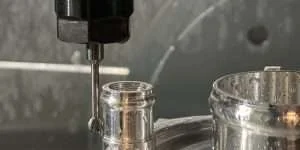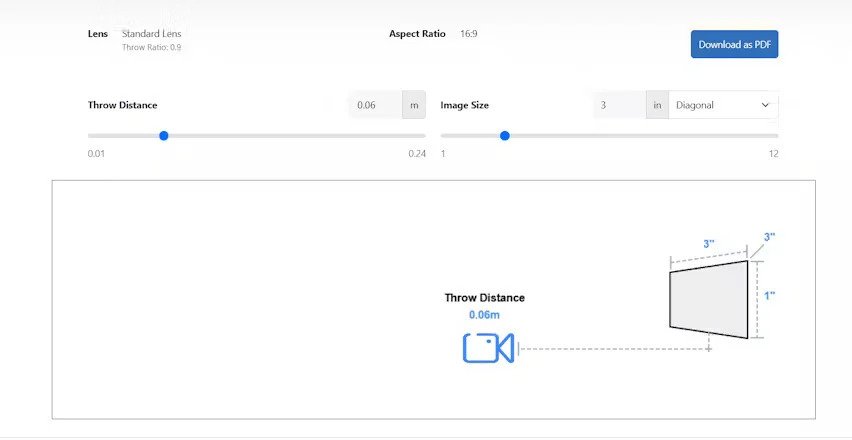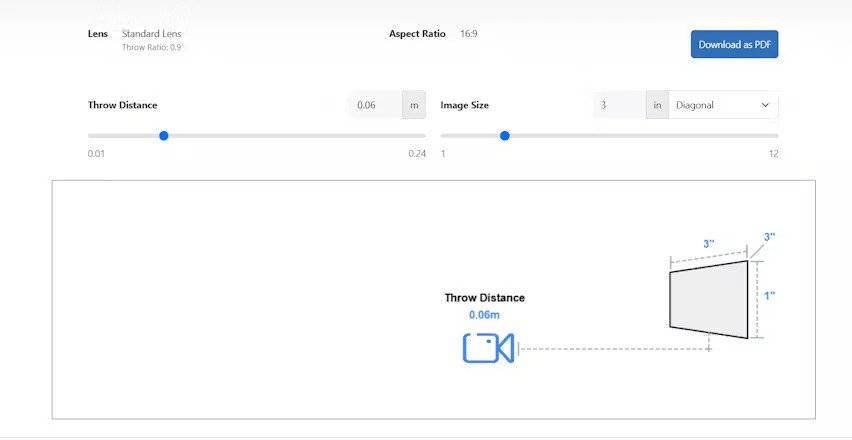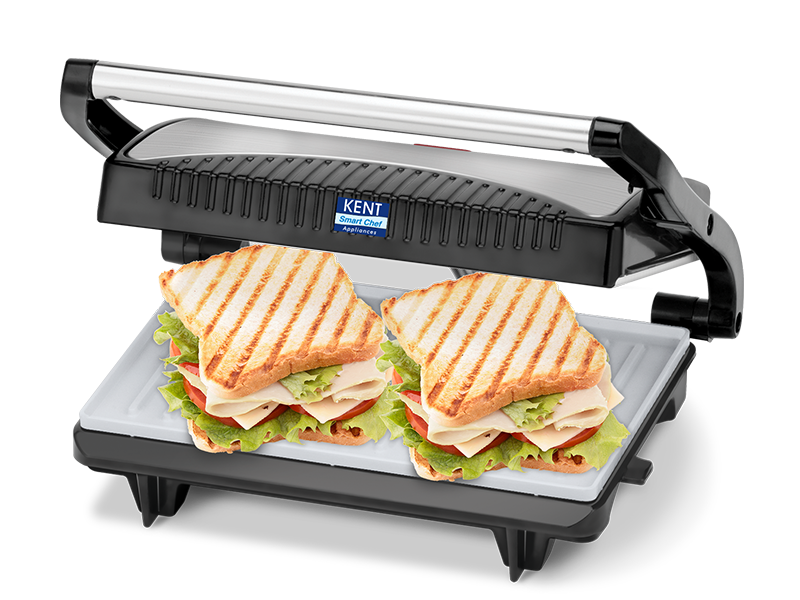Undercut machining is a highly specialized process that plays a crucial role in many manufacturing and engineering industries. This technique involves creating cuts or cavities in a workpiece that are difficult to access with traditional cutting methods, typically using tools like mills, lathes, and CNC machines. Undercut machining allows manufacturers to achieve complex geometries and intricate details in a wide variety of materials, making it indispensable in industries ranging from aerospace to automotive. However, implementing undercut machining into your workflow requires careful planning, precise execution, and an understanding of the challenges it presents.
In this article, we will explore the key considerations that businesses must address when implementing undercut machining into their operations. From choosing the right machinery and tooling to ensuring precise measurement and optimizing workflow efficiency, this process requires thoughtful attention to detail. The following sections will break down these essential factors to ensure that manufacturers can successfully integrate undercut machining into their manufacturing processes.
Choosing the Right Equipment for Undercut Machining
The first critical step in implementing undercut machining in your workflow is selecting the right equipment. Undercut machining demands specialized machinery due to the complexity of the cuts involved. For this purpose, Computer Numerical Control (CNC) machines are often the go-to choice, as they offer unparalleled precision and flexibility in executing intricate cuts. CNC mills with the capability to perform 5-axis machining are especially valuable for undercut applications because they allow the cutting tool to approach the workpiece from multiple angles, making it possible to reach areas that would otherwise be inaccessible.
When choosing the right machine for undercut machining, it is important to assess the material you are working with, the size of the part, and the type of undercut required. For example, softer materials may require less robust equipment, while harder materials like titanium or hardened steel necessitate high-power machines with more advanced capabilities. Furthermore, ensure that the machine you select supports the necessary cutting tools and attachments for creating complex undercuts. This may include specialized cutters or rotary tools that are capable of reaching difficult geometries while maintaining accuracy.
Tooling Selection and Precision
Another important consideration in undercut machining is selecting the proper tooling. The right tools will ensure that the undercuts are clean, precise, and meet the desired specifications. Typically, undercut machining uses a variety of tools, including end mills, ball nose mills, and rotary tools. Each of these tools has its own advantages depending on the type of undercut required. For example, ball nose mills are often used for creating curved or circular undercuts, while end mills are better suited for straight, precise cuts in hard-to-reach areas.
Tool material is also a crucial factor to consider. High-speed steel (HSS), carbide, and coated tools are common choices for undercut machining, with carbide tools being the most popular due to their hardness and ability to withstand high temperatures. It’s important to choose tools that can handle the material being machined, as well as the specific geometry of the undercut. Inadequate tooling can result in poor-quality cuts, tool wear, or even tool failure, which can lead to costly rework and delays in production. The precision of the tooling directly impacts the quality of the undercut and the overall success of the machining process.
Material Considerations for Undercut Machining
When planning for undercut machining, the material being worked on plays a significant role in the success of the operation. Different materials respond to cutting forces differently, and some materials may pose additional challenges when it comes to achieving accurate undercuts. For instance, softer metals like aluminum are generally easier to machine, while harder materials such as stainless steel or titanium require specialized equipment and tooling to achieve the desired undercut geometry.
It is essential to understand the material’s properties, including hardness, thermal conductivity, and chip formation characteristics, as these can influence the machining process. Harder materials often require slower feed rates, deeper cuts, or the use of advanced cooling systems to prevent overheating and tool wear. Additionally, materials with poor machinability might require more frequent tool changes and the use of specialized coatings to protect the tool. By understanding the material’s behavior during machining, manufacturers can optimize tool selection, cutting parameters, and cooling strategies to ensure successful undercut machining.
Programming and Machining Strategies
Implementing undercut machining successfully requires a clear and well-thought-out machining strategy. CNC programming plays a pivotal role in determining how efficiently and accurately the undercut will be created. CAD/CAM software can be used to design the undercut geometry and generate the toolpaths that guide the CNC machine through the cutting process. These software programs can simulate the machining process, which helps identify potential issues before actual machining begins, such as tool collisions, excessive cutting forces, or inefficient tool paths.
Additionally, programming strategies must be tailored to the complexity of the undercut. Multi-axis machining strategies are often used to achieve precise undercuts, but these can be more difficult to program. It’s essential to consider the material, tool type, and machine capabilities when determining feed rates, spindle speeds, and tool paths. Optimizing these parameters helps ensure smooth and efficient machining while minimizing wear and tear on the equipment. A well-programmed undercut machining operation will maximize productivity and minimize costly mistakes that can arise from poor toolpath planning or inadequate programming.
Quality Control and Post-Machining Processes
Once the undercut machining operation is complete, quality control becomes a vital step in ensuring that the part meets the required specifications. Given the complexity of undercut machining, it is important to have precise measurement and inspection techniques in place. Optical measurement systems, laser scanning, and coordinate measuring machines (CMM) are all excellent tools for verifying the accuracy of the undercut and overall part dimensions. This allows manufacturers to identify any discrepancies early in the process and make necessary adjustments.
In addition to inspection, post-machining processes such as deburring, polishing, or coating may be required, especially if the undercut creates sharp edges or rough surfaces. Depending on the application, undercut features may need to be free of burrs or other imperfections to ensure proper fit or functionality. It’s important to integrate these additional steps into the workflow to ensure a high-quality finished product. Implementing thorough quality control procedures and post-machining processes will help guarantee that the final part meets customer requirements and industry standards.
Conclusion
Implementing undercut machining in your workflow can greatly enhance your ability to produce complex parts with intricate geometries, offering a competitive edge in industries that demand high precision. However, successfully incorporating this technique into your operations requires careful consideration of equipment, tooling, materials, programming, and quality control. By paying close attention to each of these factors, manufacturers can achieve superior results, improve efficiency, and reduce production costs.
As the demand for complex, customized parts continues to rise across various industries, undercut machining will remain a critical component of the manufacturing process. By understanding and addressing the key considerations involved in undercut machining, manufacturers can confidently integrate this technique into their workflow, ensuring that they meet customer demands and maintain a high standard of quality and performance.













Leave a Reply